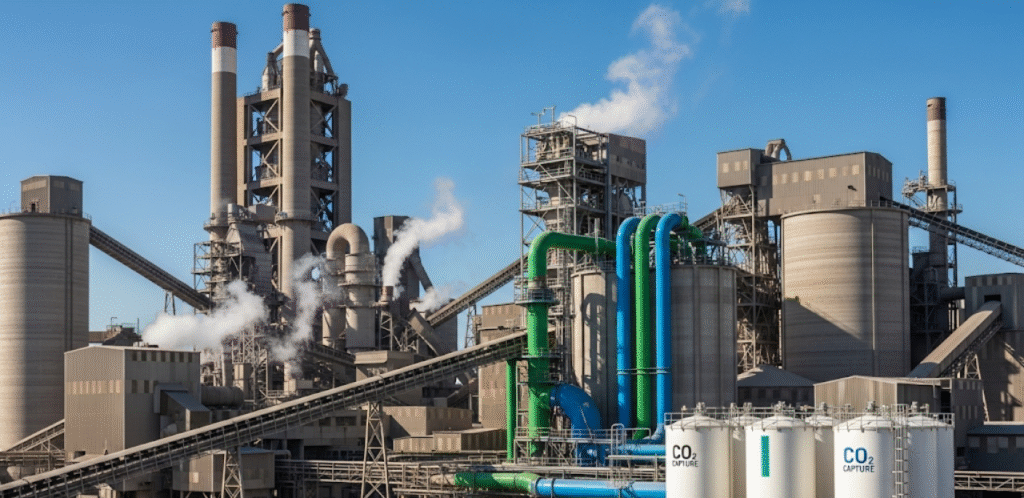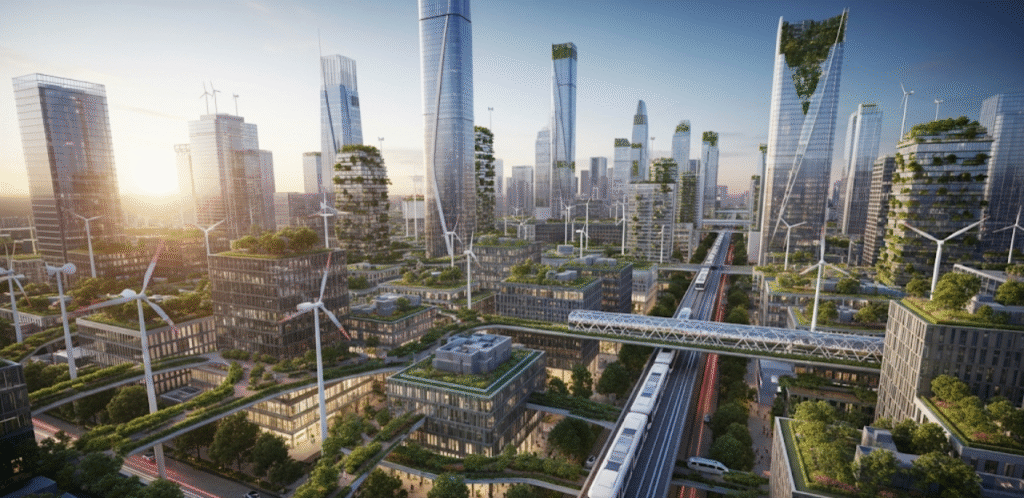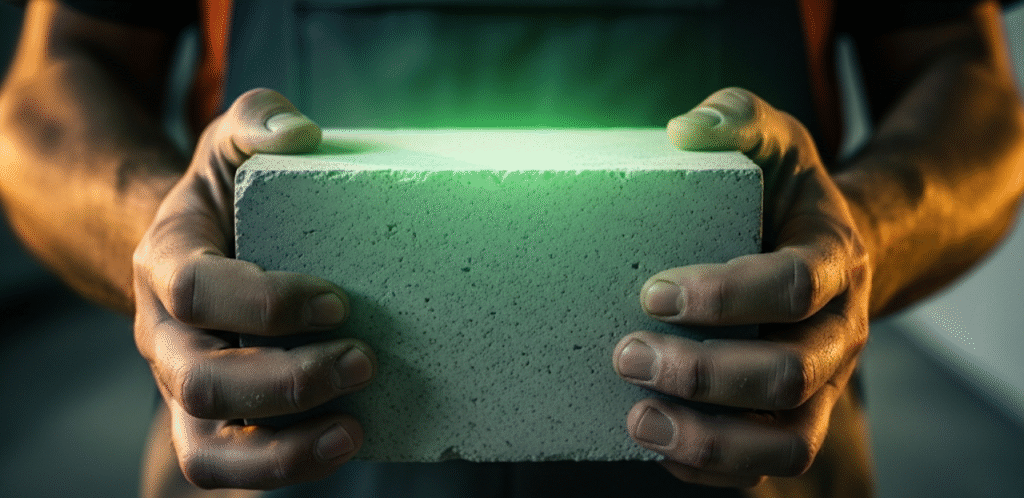Why Cement Could Be the Silent Climate Killer
Look at any skyline. Glass and steel catch your eye, but cement is the skeleton holding it all together. And here’s the uncomfortable truth: this backbone of modern life is pumping out nearly a tenth of the world’s CO₂. Every bridge, every tower, every sidewalk is stamped with an invisible carbon cost. The scary part? Demand for cement is still climbing. Which makes the idea of low-carbon cement less of a novelty and more of a lifeline.

The Cement Problem No One Wants to Talk About
Ordinary cement is dirty business. You dig limestone, crush it, heat it to insane temperatures, and the very chemistry of that process spits carbon into the air. That’s before you even count the coal or gas feeding the kiln flames. Multiply that by billions of tons a year and you begin to see why climate negotiators glance nervously at the construction sector. If the industry doesn’t change, every new city block becomes another obstacle to climate goals.
What Exactly Is Low-Carbon Cement?
Think of low-carbon cement as a whole toolkit rather than one product. Some versions mix in special clays or industrial by-products to cut down the amount of carbon-heavy clinker needed. Others tinker with the recipe itself, changing the chemistry so limestone isn’t the central player anymore. There are plants capturing the carbon before it escapes, bottling it for storage or even injecting it back into the concrete mix where it hardens into stone. Different approaches, same ambition: build the world without torching the atmosphere.

Who’s Actually Leading?
You’ve got European giants flipping the switch on carbon-capture projects, sending shiploads of CO₂ to be buried beneath the North Sea. Heidelberg Materials’ Brevik project in Norway is already live, showing that full-scale capture is no longer theoretical. Startups in the US are pushing out cement that never even touches limestone. And then there are global brands like Holcim, selling low-carbon concrete lines like ECOPact straight into city projects. The race is messy, but the direction is clear: companies that move early are rewriting the construction playbook, while laggards watch their options shrink.

Will Low-Carbon Cement Break the Bank?
There was a time when the answer might have been yes. But the ground is shifting. Regulators are putting a price tag on carbon, buyers are demanding proof of emissions cuts, and new border taxes on carbon-intensive imports are reshaping trade. A ton of cement is no longer judged only by its price; it’s judged by the carbon shadow it casts. Builders who cling to the old numbers risk being priced out or disqualified before the project even starts.
The Challenges Nobody Likes Admitting
Low-carbon cement isn’t magic. Some blends need the right kind of clay in the right geography. New chemistries take time to get through building codes and standards committees. Carbon-capture projects carry enormous upfront costs and need political will to scale. And the industry itself is notoriously conservative-engineers prefer what’s been proven over decades. But every challenge here is practical, not mythical. They’re speed bumps, not dead ends.
Why Low-Carbon Cement Is No Longer Optional
Urbanization isn’t slowing. Billions of people will need housing, hospitals, schools, data centers. That demand is non-negotiable. Which means the choice isn’t between cement and something else-it’s between high-carbon cement and low-carbon cement. Stick with the old ways, and climate targets disintegrate. Pivot now, and the construction sector transforms from problem child to climate solution.

Two Futures-Pick One
In one future, regulations bite harder each year, projects scramble to find compliant materials, and costs spiral as heavy emitters are penalized. In the other, low-carbon cement becomes the new standard, cities rise with smaller carbon footprints, and builders brag about their emissions numbers as much as their budgets. Both futures are possible. Only one is livable.
What You Should Do-Starting This Quarter
If you’re in procurement, start writing low-carbon cement into your specs. Or if you’re on the construction side, test these new mixes on smaller projects and build confidence in their performance. If you run plants, map out how much clinker substitution you can achieve now and where capture technology might fit later. Even investors should be paying attention-the companies securing supply of low-carbon materials are the ones future contracts will favor.
Cement Won’t Stay the Same-Neither Can We
Low-carbon cement isn’t some distant idea. It’s pouring today, hardening on job sites, climbing into skyscrapers. The question is no longer whether it will take over, but how quickly and who will own that market. Cement is shifting, and with it, the foundation of modern life. The choice is simple: adapt early and lead, or drag your feet and get left behind.






